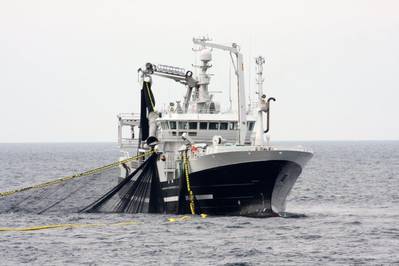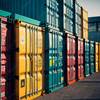The fishing vessel industry fatality rate is 30 times higher than the average of all U.S. industries. To address this, U.S. legislation requires that all new fishing vessels larger than 50 feet must be built to classification rules. DNV GL is the only classification society to develop rules specifically for the U.S. domestic fishing fleet, addressing how fishing vessels are designed, built and maintained for safety.
“The United States is the fifth largest fishing nation in the world, with approximately 110,000 commercial vessels. This means that there are more than 100,000 U.S. fishermen who have their daily work in fishing vessels that often operate in harsh conditions and rough weather. All new vessels built to DNV GL’s class rules will be safer,” said Joar Bengaard who leads DNV GL’s initiative for U.S. fishing vessels from the U.S. HQ in Houston, Texas.
“We have studied the main risks for fishing vessels. They include lack of watertight subdivision and integrity, shifting loads, heavy nets, flooding, fires, icing, equipment failure and structural modifications. These are all addressed in our rules. We also know that time is money for a fishing vessel, so a clear priority has been to make sure the classification process is as effective, yet as unobtrusive as possible,” Bengaard said.
More than 13,000 vessels (including 1,000 fishing vessels) worldwide are designed, built and maintained according to DNV GL’s specifications, or class rules. Regular classification rules and processes are designed for much bigger and more complex ships, such as tankers and containerships. DNV GL therefore decided to develop rules specific for U.S. fishing vessels.
Simplifying and optimizing the rules for smaller fishing vessels has been done in dialogue with the industry, looking at the entire process: design reviews, quality approvals of equipment, surveys at yards and onboard the vessels, with an eye on achieving safety goals for the fishing vessel and its crew, as well as maintaining efficient operations.
“When the U.S. Congress mandated this requirement in 2010, a fishing vessel sank every third day. As part of the offshore and maritime cluster here in the U.S., we have since then worked with the U.S. Coast Guard and the fishing vessel industry to effectively address the most important risks, while translating the industry’s experiences and concerns into effective rules that balance safety and cost considerations. We now look forward to further collaborate with an industry that is keen to improve its safety performance,” said Paal Johansen, DNV GL’s Regional Director, Americas.
The next step for DNV GL is to start an even broader dialogue with all the designers, yards, equipment manufacturers and fishing vessel operators to inform about the rules and listen to the concerns and questions they will have to the new requirements.













